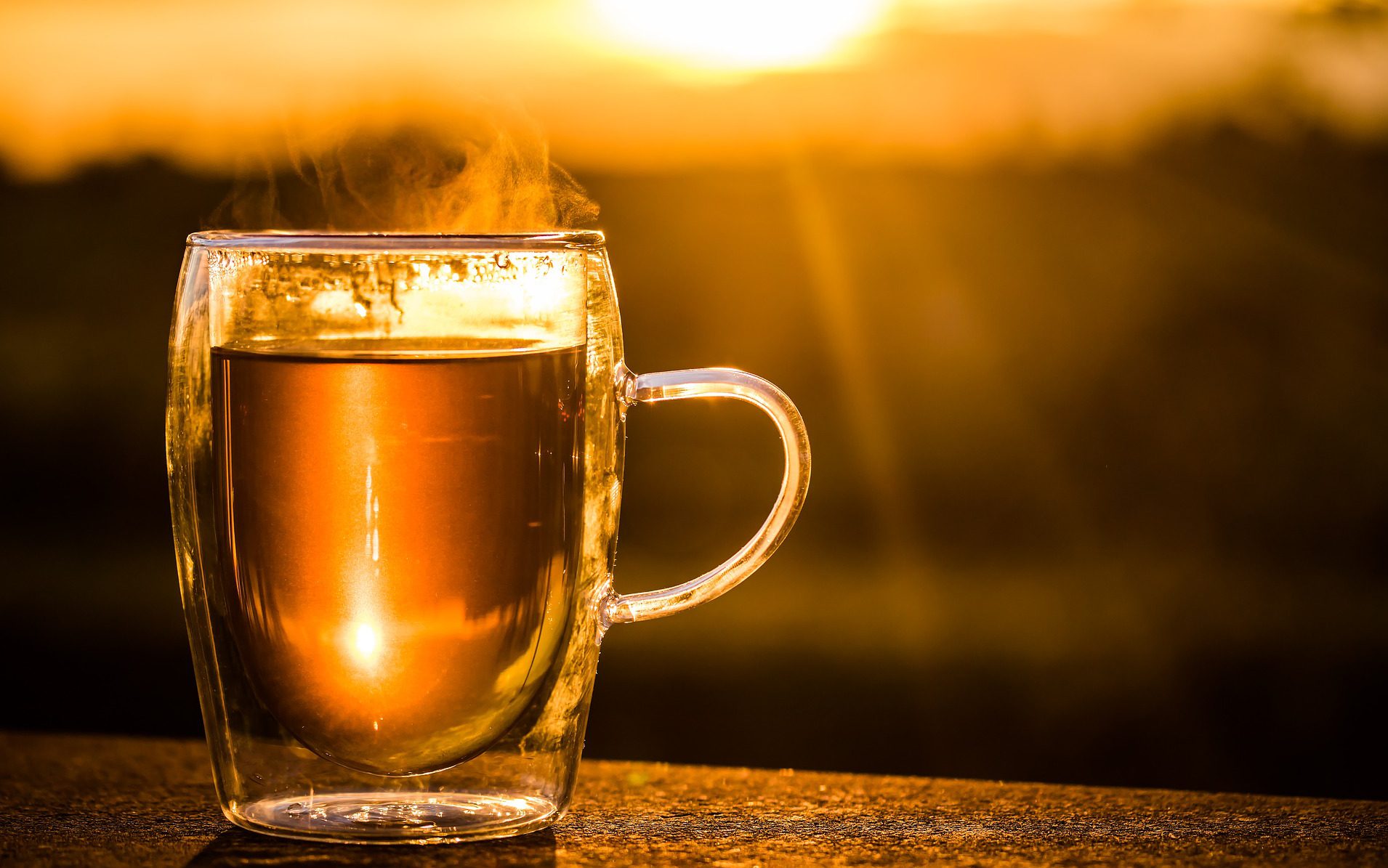Post originally published on 4/18/16 for InLife MKE, a health and wellness blog for the Milwaukee business INVIVO Wellness. Updated 6/13/18.
“ If you are cold, tea will warm you;
if you are too heated, it will cool you.
If you are depressed, it will cheer you;
if you are excited, it will calm you.”
–William Ewart Gladstone
The American Tea “Ritual”
Our American ritual of consuming a cup of tea often looks something like this:
- Tear open tiny envelope of Lipton tea and drop into travel mug
- Pour hot water on tea bag while simultaneously packing lunch for the day
- Grab mug and run out the door
Far from stress relieving, this ritual matches our busy, fast-paced lives, but it leaves us barely conscious of what it is we are really sipping on. It also sets us up to believe that tea is simply a beverage to be consumed for it’s lower caffeine levels, sub-standard to coffee, existing as a concession prize for those who can’t stomach America’s favorite brew.
It also sets us up to believe that tea doesn’t taste very good!
I can’t tell you how many times people have told me they don’t like tea – only to find out they’ve only tasted Lipton or other low quality bagged tea, or that they equate tea with being sick – memories of their moms making them down chamomile tea while in bed. The end result is that tea in our country doesn’t have a very good reputation!
Coffee Beans and Tea…Leaves?
When I switched from bagged tea to loose-leaf tea, the most fascinating discovery I made was that tea was actually made of leaves. Those little bags we are so familiar with filled with mysterious tea powder leave us wondering what tea really is.
With my first few cups of loose-leaf tea, I would take the wet leaf after steeping it and unroll the little curls to see the entire leaf revealed. It was such a revelation; I really had had no prior concept of where tea actually came from.
What’s even more interesting – and often misunderstood – is that all tea comes from the same plant: Camellia sinensis. The green leaves that grow on the plant become white, green, oolong, black or puer tea – all depending on what process the leaves undergo after picking.
It’s like a banana that sits out on the counter – at first it can be quite green, and then due to oxidation it slowly becomes yellow, brown and then black. This is similar with tea – the various processing methods serve to oxidize the tea to just the right level to create the desired end result.
Fine Wine and Fine Tea
Rather than trying to compare tea to coffee as we often do, I find that a better comparison is fine wine. Just as wine has its endless nuances of flavor based on country of origin, elevation, growing conditions and age, so too does tea. Many of us already think of wine in terms of these nuanced differences, so this grouping can help to elevate our perception of tea!
And just as wine contains healthy flavonoids, so too does tea. Flavonoids are an important source of antioxidants, so drinking tea regularly is a great way to support a healthy immune system. Tea is actually one of the best sources of flavonoids in the American diet, along with red wine, dark chocolate, and a variety of fruits and vegetables.
Tea as Stress Relief
One of the most beneficial aspects of tea is its ability to reduce stress. There are two ways in which tea can accomplish this – the first is through the presence of a special compound in tea called Theanine. The tea plant is the only source of this particular amino acid, which has been shown to reduce physical and mental stress. When combined with the caffeine present in tea, it can produce feelings of relaxation, increase cognition, and improve mood.
It’s a wonderful way to start your day with feelings of being alert and focused, yet still calm and composed. No coffee crashes here!
The second way in which tea creates feelings of relaxation and calm is through the proper use of ritual. When I say “proper” I mean other than the hasty ritual described earlier! One of the most accessible forms of stress-relieving ritual when it comes to tea is Chinese Gongfu Tea Ceremony. This form of tea ceremony is simple, enjoyable, and with proper instruction can be performed beautifully by anyone.
Whether performed alone or with a group, gongfu tea ceremony offers a certain presence and mindful attentiveness to the task at hand – sipping tea. Whereas we often mindlessly consume our tea while engaged in other tasks – emails, meetings, driving – gongfu tea ceremony encourages us to let go of this busy multi-tasking and simply be present.
This simple presence allows us to fully experience tea in all its sensory glory – the color, the aroma, the warmth of the cup against our fingers, and of course the many nuances of flavor that dance on our tongue. And in this presence, we finally find ourselves letting go, taking a deep breath, relaxing the body, and allowing a tiny smile to creep onto the corners of our lips.






